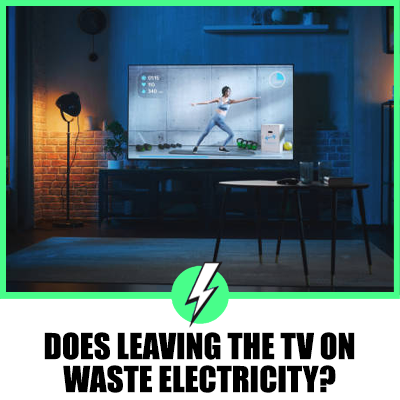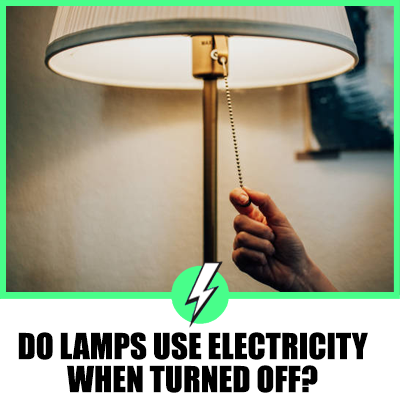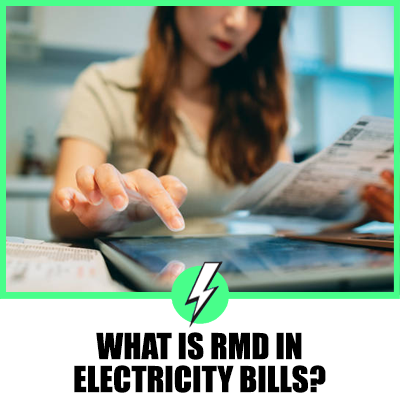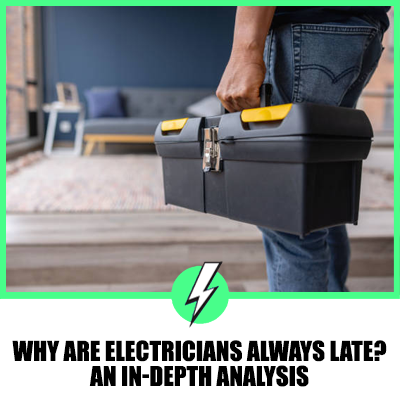Low Voltage Electrician
Are low voltage electricians in demand? Can a low voltage electrician fit a new light fitting or repair an electrical socket in a house?
Low voltage electricians are in demand; they fit CCTV and run fibre optic cables for communication links. In terms of low voltage training, electricians have not been trained to fit light fitting and sockets in domestic dwellings. However, if he has the skills and know-how, he can undertake DIY electrics in his own home.
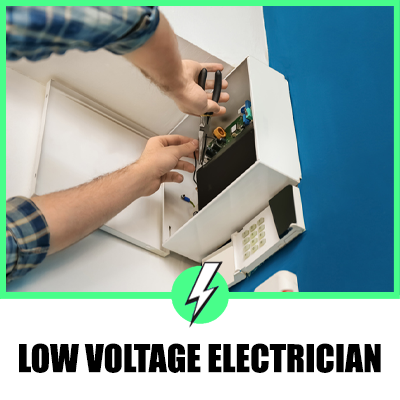
Contents
What is a low voltage electrician?
Low voltage electricians work with low voltage systems such as cabling for CCTV cameras or running fibre optic communication cables.
The work is varied because low voltage electricians can work in many environments such as office blocks, care homes, and domestic dwellings.
Is being a low voltage electrician hard?
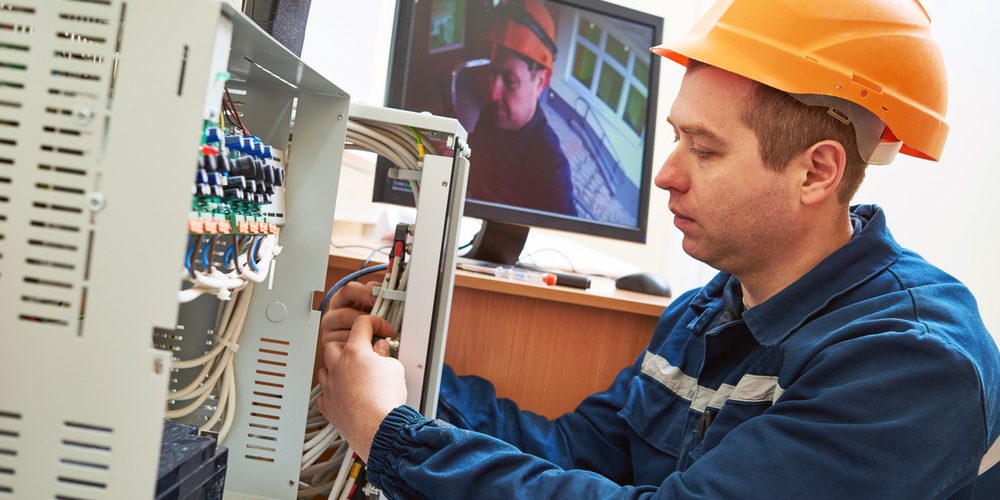
It’s less physically demanding than the work of a normal electrician. The cables are lighter and easier to handle.
Low voltage electricians can still be involved with first and second fix installations depending on the customer’s requirements.
A low voltage electrician will rarely need to lift floorboards to run cables. The cables are smaller and less obtrusive to the eye and can easily be hidden.
There is less risk of injury, the tools are lighter, and the voltage and amperage are lower, so death from electric shock alone is unlikely.
Can you touch low voltage wires?
Not all Doorbell wires are low voltage, and you can not get a shock when there is electricity running through them.
However, 50 volts is considered low voltage, and it will give you a shock, so be careful around even thin wiring. They can carry a voltage that can certainly give you a tingle.
What is considered low voltage?
The European electrical AC voltages are classified in terms of High Voltage (HV), Medium Voltage (MV) and Low Voltage (LV).
You may be surprised at what is considered low voltage in the UK, so don’t assume that low voltage is safe voltage.
| Voltage Level | Code | Voltage Rating |
| Low Voltage | LV | up to 1000V |
| Medium Voltage | MV | 1000V to 35kV |
| High Voltage | HV | 35kV to 230kV |
| Extra High Voltage | – | above 230kV |
What is the voltage in the UK home?
The definition of low voltage in the home is anything below 50 volts, such as doorbells, garage door openers, cooling thermostats, and outdoor ground lighting.
The higher the voltage, the more you are likely to feel the volts.
How do you wire a house with low voltage?
To be clear, you can’t rewire your house solely with low voltage cables for your protection, and Your appliances would not work with 50 volts.
However, when running low voltage cables through your home, there are a few tips you need to know.
- The minimum distance between 240 volts cables and low voltage.cables should be a minimum of 12-inch distance between the cables.
- Wherever possible, do not run lower voltage cables parallel to standard 240 volts wiring to prevent signal corruption.
- If you have to cross low voltage wires across 240-volt wiring, try to do it at a 90° angle.
- Be aware that fibre optic cables can not bend at 90° and should never be forced to avoid breaking.
How do you know if a light is low voltage?
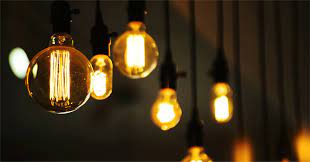
You will need to test the voltage with a multimeter to ascertain the voltage being sent to the light bulb.
If it’s outdoor lighting, you can attach the multimeter leads inside the light socket, and you should see a voltage of between 12 to 18 bolts. This is low voltage; anything over 50 volts is not low voltage.
What type of voltage is used on instrumentation?
4-20mA and 24 volts. When monitoring sensitive equipment or controlling motors and machinery, you can use 4-20mA over shorter distances to adequately represent the process being monitored.
The same voltage works well for measuring the performance of motors and picking up signals from thermistors.
For instrumentation spread over a long distance, you may have to use 24 volts to be able to carry the signal.
How much does a low voltage electrician make in the UK?
21k per year. In terms of electricians, the low voltage electrician is a low paid tradesman. However, the requirement to become a low voltage electrician is significantly lower than a standard electrician.
Is it worth becoming a low voltage electrician?
In the absence of a trade, it is worth the time and the effort. Depending on your thoughts, it could be a stepping stone to becoming an electrician who can work with domestic voltages or high voltage if you wish.
How can I become a low voltage electrician?
You can take a recognised apprenticeship with a data company that will put you through college and train you in using and applying low voltage wiring.
You may be a qualified, competent electrician interested in learning a supervisory role and taking a course on low voltage systems.
This course would comprise of:
Training to become an authorised commercial person on low voltage ensuring work is carried out in accordance with Health and Safety at Work Act 1974
You would learn:
- General Safe Working Practices
- Organisational Safety Rules
- Dead Working
- LIVE Working
- Procedures and Documentation
- Electricity at Work Regulations 1989
- The Management of Health and Safety at Work Regulations 1999
- Electricity Safety, Quality and Continuity Regulations 2002
- Electrical Safety Guidance for Low Voltage Systems common to all Organisations
- This is a natural progression route for an appointed Competent Person with Low Voltage.
After completing the short course, you would be awarded a competent person certificate for low voltage wiring.
Can a household electrician install low voltage wiring?
There would need to be some study on how to terminate data cables, but generally, the standard electrician would have no difficulties installing low voltage wiring.
There are a few anomalies along the way, such as crossing electrical cables to avoid signal corruption, but an electrician can do the job other than a shallow learning curve.

